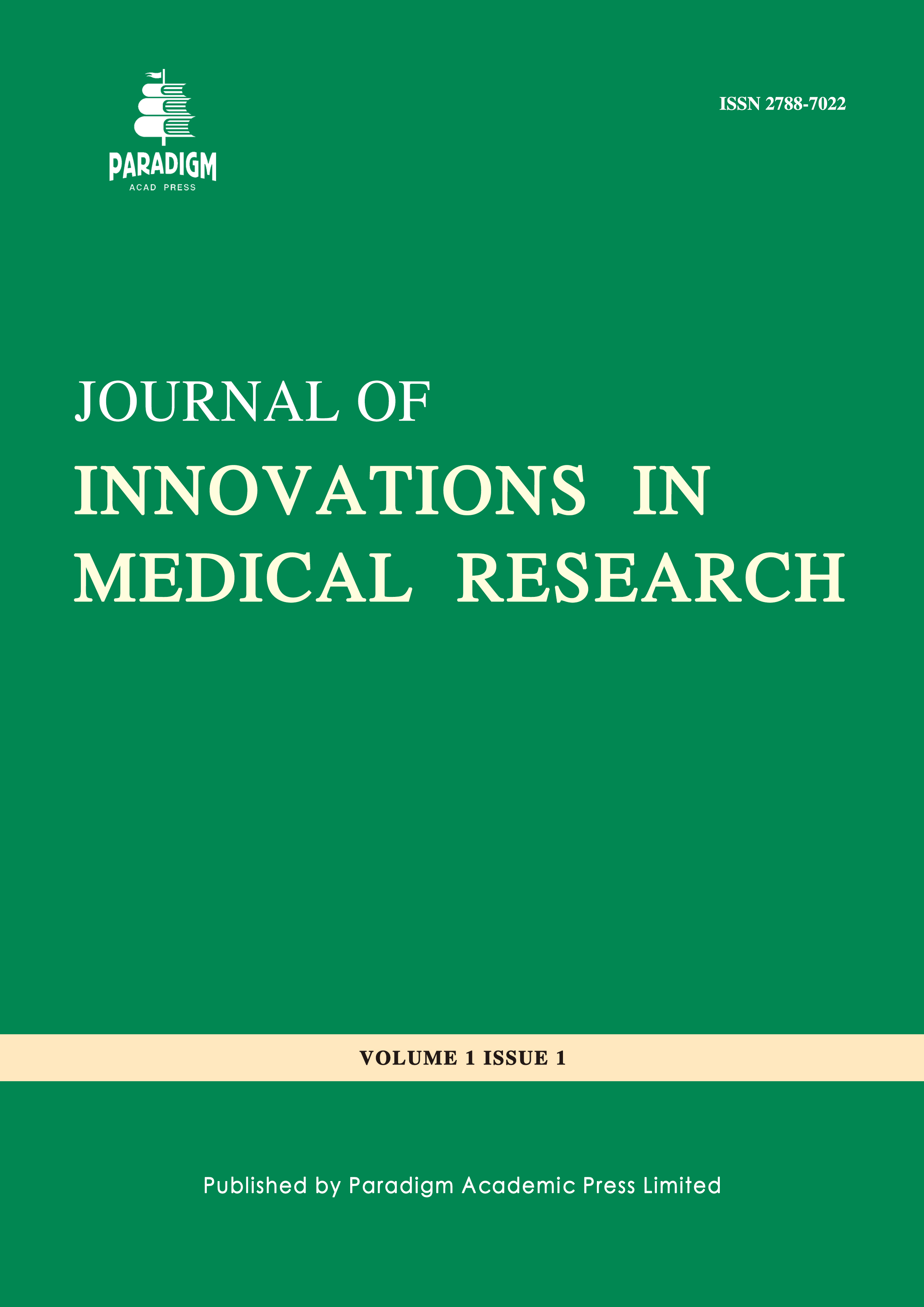Compliance with Hygiene Protocols Related to the Dress Code of Nursing Students
DOI:
https://doi.org/10.63593/JIMR.2788-7022.2025.06.006Keywords:
nursing students, hygiene dress code, infection prevention, uniform protocol, healthcare-associated infections, clinical practice complianceAbstract
Background: Healthcare-associated infections (HAIs) affect up to 20% of hospitalized patients in developing countries. Hygiene dress code protocols play a vital role in infection prevention, particularly among nursing students, whose attire and behavior in clinical settings can significantly impact cross-contamination risks. Objective: This study aimed to evaluate the knowledge, attitudes, and practices of nursing students regarding compliance with hygiene-related dress code protocols, with a focus on uniform use, changing habits, and adherence outside healthcare settings. Methods: A descriptive, quantitative, and observational study was conducted from January to March 2024 at the Institut Supérieur Privé des Études en Sciences Infirmières (ISEPSI). A total of 200 randomly selected second- and third-year nursing students completed a structured, anonymous questionnaire. Data were analyzed using SPSS software. Results: The majority of participants were female (80.5%) with a mean age of 23.1 years. Most recognized key elements of appropriate clinical attire, including clean uniforms (93%) and no jewelry (87.5%). While 82% were aware of official dress protocols, only 56% systematically changed attire when entering and leaving clinical facilities. Notably, 49% admitted wearing uniforms outside the healthcare environment. Key barriers to adherence included lack of time (82.05%), inadequate changing facilities (69.23%), lack of spare uniforms (61.53%), and work pressure (51.28%). Only 46% ensured they avoided touching non-sterile areas of their attire after hand hygiene. Students strongly supported increased awareness efforts, practical training, access to extra uniforms, and improved changing infrastructure. Conclusion: Despite good awareness of hygiene protocols, nursing students face several obstacles in implementation, primarily due to systemic and logistical challenges. Reinforcing hands-on training, improving facilities, and enhancing supervisory support are essential to promote compliance, reduce infection risks, and strengthen professional conduct in clinical environments.



